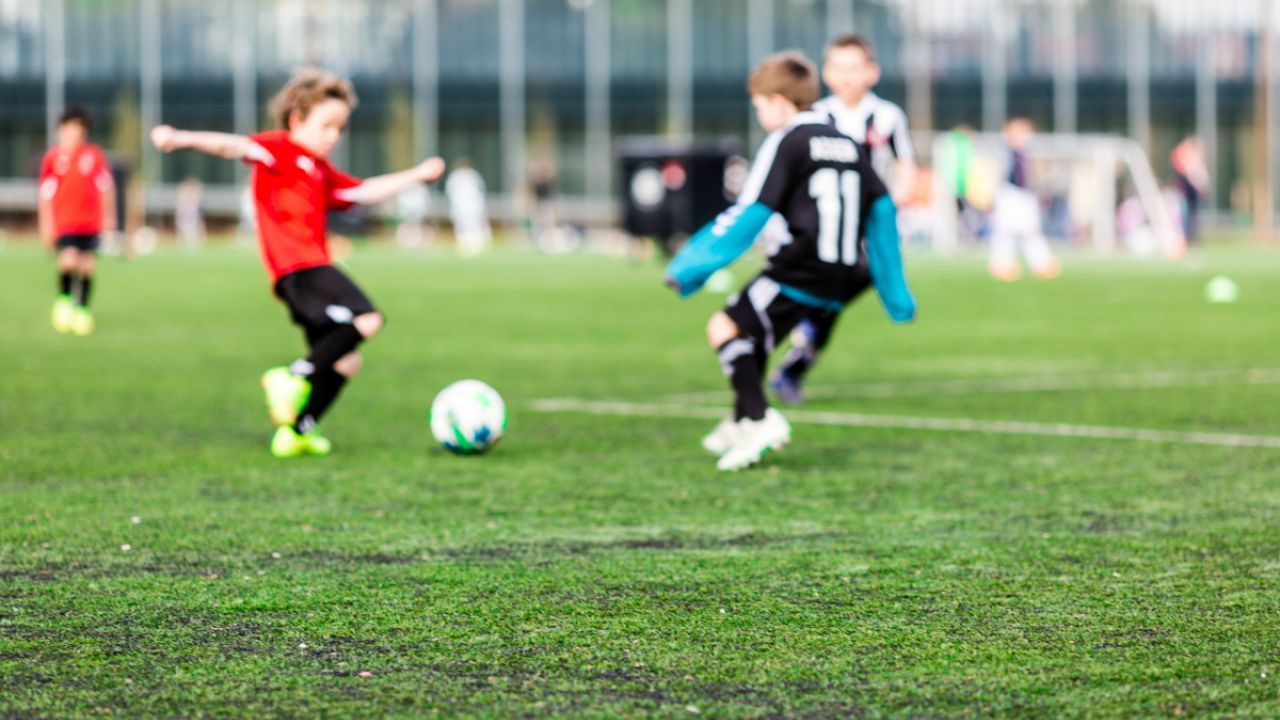
Three U.S. government agencies have teamed up to investigate the safety of widely used crumb rubber surfaces on playgrounds and playing fields.
To date, safety studies of crumb rubber – tiny “crumbs” of old tires that stabilize and cushion artificial turf – have been limited and inconclusive. Now the Environmental Protection Agency, Centers for Disease Control and Prevention and Consumer Product Safety Commission have agreed on a research action plan to begin filling the gaps in knowledge about how crumb rubber affects children and athletes who play on these surfaces.
The announcement follows calls by Sens. Bill Nelson (D-Fla.) and Richard Blumenthal (D-Conn.) for a coordinated federal investigation. You can read their open letters to the White House and Consumer Product Safety Commission. California’s Office of Environmental Health Hazard Assessment is also evaluating crumb rubber, with support from the federal Consumer Product Safety Commission.
For years, parents and scientists have been sounding the alarm about turf safety. As of the end of 2014, synthetic turf covered almost 11,000 playing surfaces in North America – at schools, professional sports arenas, businesses, homes and public spaces. Just last week, the Children’s Environmental Health Center of the Icahn School of Medicine at Mount Sinai in New York called for a moratorium on installing crumb rubber until more is known about how it affects health.
There are several worrisome issues. Crumb rubber contains a variety of chemicals – including heavy metals, PCBs and other volatile compounds – that can all be inhaled. In June 2015, the Environment and Human Health Inc. a non-profit, released a study done at Yale University that detected 96 different chemicals in rubber tire infill, including 12 known carcinogens and 20 irritants. Here’s a list from the EPA of other possible ingredients in the material.
When kids and athletes play, fall or eat on artificial turf playgrounds or fields, they can get crumbs on their hands, in their hair, on their clothes and even in their mouths. And synthetic turf can reach alarming temperatures – as much as 200 degrees Fahrenheit on a 98-degree day, according to another non-profit, the Center for Environmental Health.
Parents and athletes also worry about the risks of injuries such as concussions and the easy spread of bacteria through rashes, cuts and turf burns, which may be linked to infections with the dangerous bacteria known as MRSA (methicillin-resistant Staphylococcus aureus). The journal Environmental Health Perspectives published this useful summary of the health issues in question.
Some municipal agencies have already prohibited the use of crumb rubber in synthetic turf, including the Los Angeles Unified School District and the New York City Parks Department. Others are using alternative materials, such as cork or sand. These natural substances offer many of the benefits of synthetic turf without the potential risks.
While the research into crumb rubber continues, here are a few steps parents can take to keep their children safe.
Learn more about where your kids play
The Safe Healthy Playing Fields Coalition offers this list of questions to ask your school or community about synthetic turf, particularly regarding turf maintenance. The Center for Environmental Health will test your turf for lead at no charge. Here’s how.
Wash after playing
Children and athletes should wash their hands after playing outside and before eating, and they should change clothes immediately after play. They should wear long sleeves or pants when possible to limit abrasions and clean all cuts, burns or rashes thoroughly.
Play outdoors or on well-ventilated fields
Limit playtime on indoor fields to lower the inhalation risk – but be alert to high temperatures outdoors. You may see signs near fields that warn of heat danger. Here are some examples to look for. Exercise caution whenever the outside temperature is above 80 degrees.



